December 1, 2022
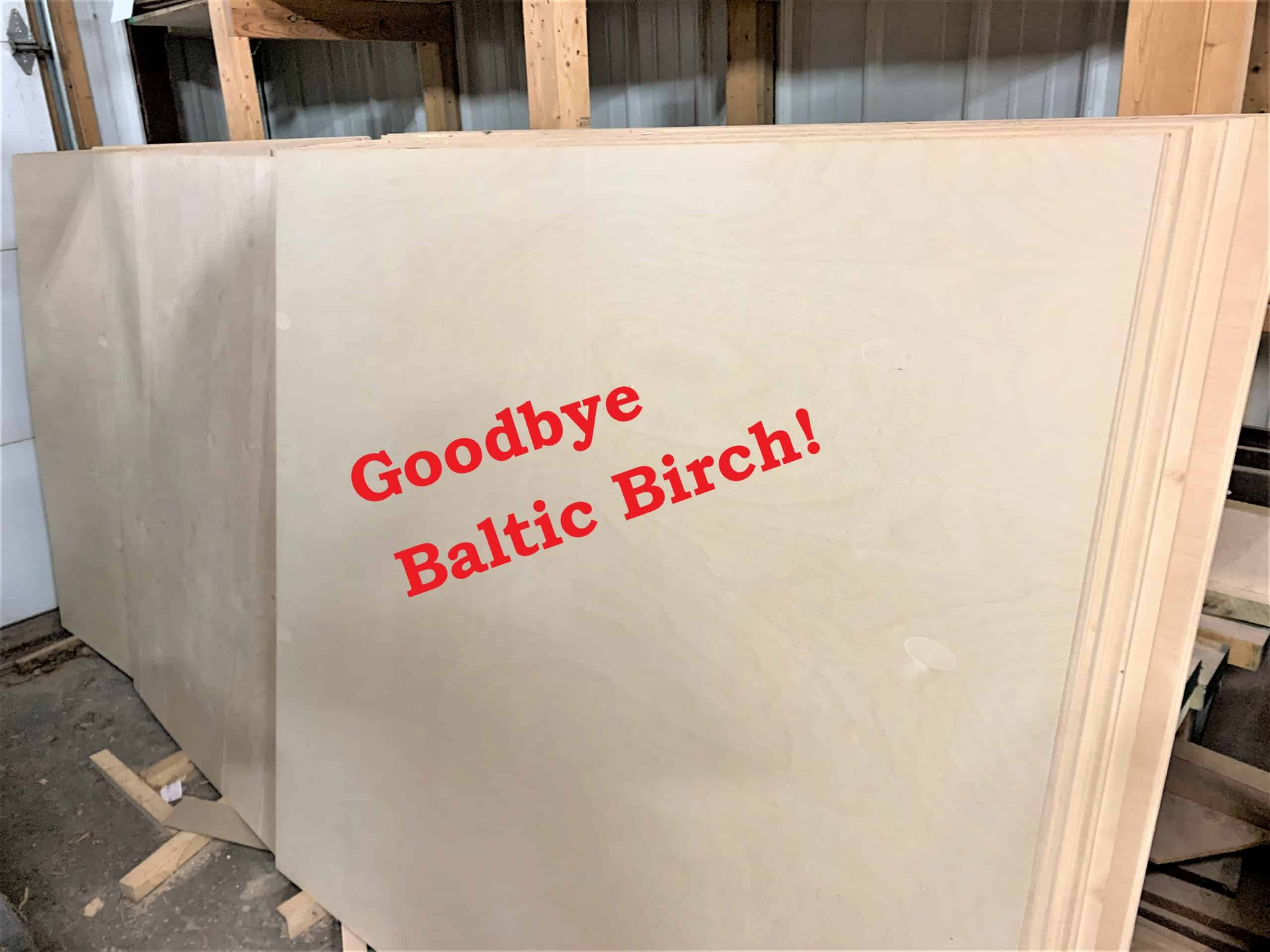
By Nicolette Foss
For years, we’ve been using Baltic Birch on many of our hammered dulcimers. It was economical and built good, solid, durable instruments. However, the conflict with Russia has made the wood harder to get, forcing us to switch our materials.
Some other problems with Baltic Birch include:
- Getting woods shipped from far away lands adds to the carbon footprint
- It is not managed for sustainability
- The Birch grown in Siberia is slow growth
A Word on the New Wood Grains
Now is our opportunity to bring in some wood sources! There are other solutions that will work well with hammered dulcimer production.
Here are the new woods we are now using to replace Baltic Birch:
Cherry
- Sourced from the United States
- High quality
- Typically grows in Pennsylvania (which is where the best Cherry is said to come from)
- We’ve got some especially pretty Cherry right now from a private seller here locally in Iowa
Radiata Pine
- Native to Central California coast (most widely planted plantation wood in the world)
- Managed and well done
- Will be the top and back of new dulcimers and Chickadees
- Made by Arauco
Softwood Ply
- Sourced from the United States
- Durable, affordable wood that allow us to create an affordable quality instrument
New Changes to Our Models
Since we are doing away with the Baltic Birch, we’ve made changes to our production line. Here are the changes/upcoming changes to our wood grain selections.
- Phoebe and Phoebe Chromatic models: From Baltic Birch, we’ve already switched to a lovely Cherry veneer and with a softwood ply back. We believe Cherry makes it a much prettier dulcimer!
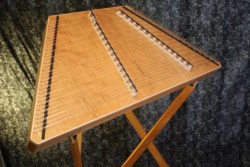
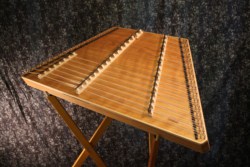
- Chickadee and Chickadee Chromatic models: Our last stack of Baltic Birch will get us through Christmas, then we will switch to making these models out of Radiata Pine. Right now is your last chance to get a Baltic Birch Chickadee!!
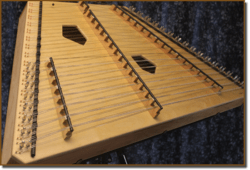
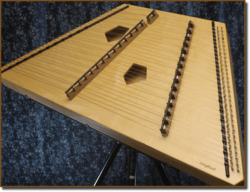
What do you think? Will you miss the ol’ Baltic Birch? Let us know in the comments below!

About the author: In her childhood, Nicolette Foss could be found playing underneath piles of sawdust in her father’s hammered dulcimer workshop. She helped with odds and ends in the business, attended folk music festivals, and learned the importance of hard work. These days, you can find her belly dancing to instrumental Arabic music, learning the Serbian language, making short films with friends, and cuddling her cat Georgie. If you’d like to hire Nicolette for content writing or copywriting work, contact her at: nicolettelady@protonmail.com
2 Comments
-
Hi,
I see that you are getting rid of your Baltic Birch!! Not a bad decision based on world problems with Russia
In looking across the web last night I found same articles that were not very nice to Radiata Pine. Maybe you should take a second look some of the problems with the Radiata Pine. I have been looking at purchasing a Chickadee chromatic hammered dulcimer in the very near future and what I saw about the Radiata Pine might just change some of my plans. I think I’ll give you guys a call tomorrow and we’ll have to talk about it. Thanks.
